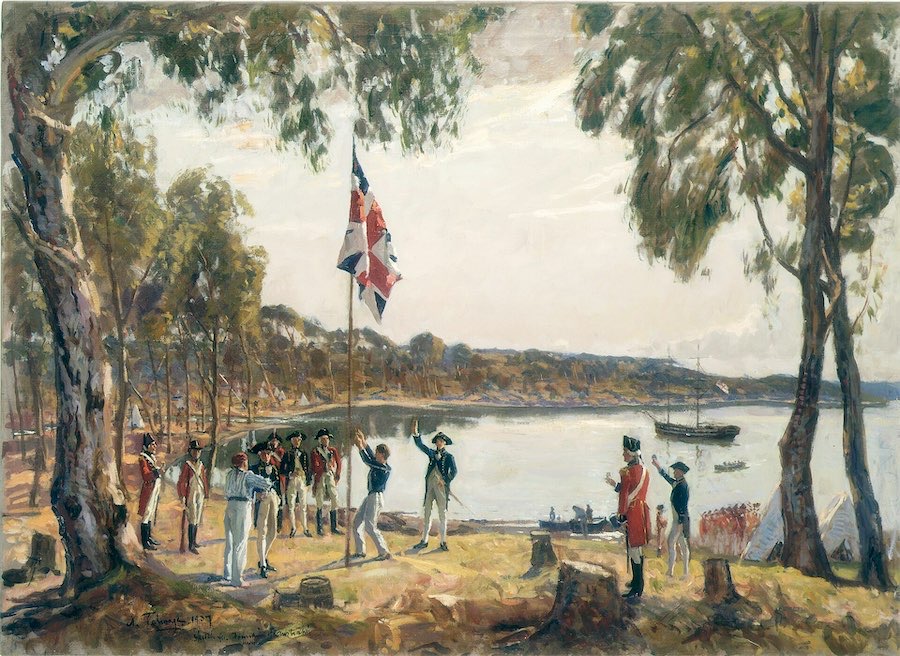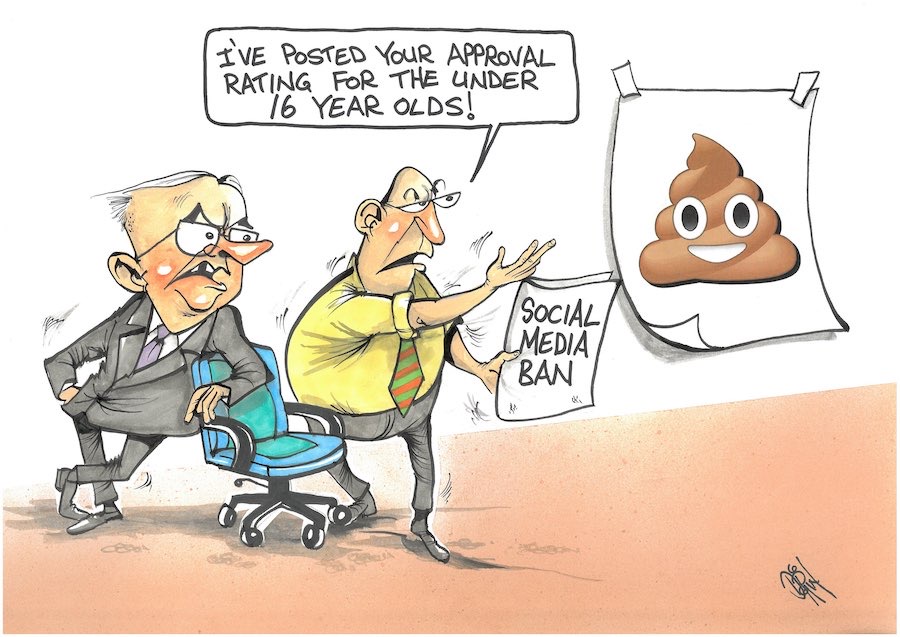
“We have yet to pass from adolescence to the mature identity deserving of an Australia Day to celebrate the special event marking its arrival. That will only occur when we become a republic and draw a firm line beneath our colonial past,” writes columnist ROBERT MACKLIN.
The controversy surrounding Australia Day is no bad thing.
January 26 is our annual reminder of the 1788 starting gun for the British theft of an entire continent from the people who had occupied its vastness for 60,000 years.
They and the thousands of unique creatures of the land and waterways with whom they interacted fell to the guns of the pale strangers in their fancy dress.
Today it would be labelled a crime against humanity, or even the overworked phraseology of “cultural genocide”. And we reaffirmed our role as accomplices last year – as we had in the White Australia policy of 1901 – with our two-thirds vote against the Aboriginal Voice in the constitution.
We are not yet a nation that embraces its past. Instead, Australia is a work in progress. We have yet to pass from adolescence to the mature identity deserving of an Australia Day to celebrate the special event marking its arrival. That will only occur when we become a republic and draw a firm line beneath our colonial past.
So while I have every respect for those who would change it – from Australia cricket captain Pat Cummins, V-C Steve Smith and all who want the date expunged – there are no alternatives that either stir the patriotic corpuscles or embrace the aspirations of a united nation.
‘T’was ever thus. When the American, Walter Burley Griffin designed the Australian capital in 1911, he conceived its outstanding feature as a Capitol building that would house the nation’s treasures of independence, flanked one side by a formal home for the prime minister and the other for the governor-general.
Unfortunately, we had no such treasures since we were still a colonial dependency with a constitution negotiated with the British Parliament. The only reminder of Griffin’s Capitol is the flagpole on Parliament House that traces its lofty outline.
Since then, we have merely exchanged one colonial dependency for another whitefella powerhouse – Griffin’s United States – of which Donald Trump and his followers are making an eponymous mockery.
Meantime, Australia’s huge migrant intake – triggered by two wars that caused the political leadership to “populate or perish” to the “yellow hordes” of Asia – has changed the character of the nation.
Australian history was censored in the 20th century to become the British fable of Australia (and its “brave pioneers”) while in the 21st it has fallen victim to a combination of the “woke” generation more interested in the “stem” future and the IT devices that give history merely a passing glance. And the reality of the Aboriginal humiliation and degradation continues.
Nevertheless, there is hope. The Albanese government contains men and women who are fully aware of the problem. Albanese himself was shattered by the “No” result, but he’s playing a long game.
And the cynical Peter Dutton, reading from the Trump playbook, will merely strut and fret his hour upon the political stage and be heard no more. The historical material is at last available to be taught in our schools and universities. Great researchers and writers such as Henry Reynolds have crafted a body of work that is not just accurate and fearless, but wonderfully readable.
Lesser practitioners, myself included, are entering the field with Castaway in 2020 and a biography of the great Donald Thomson, Fighting for Justice, to be released in March.
It’s now up to our state governments to ensure the works reach the curriculums, not just in the formal educational facilities but in the lessons that used to be part of the migrant experience of understanding the culture of their newly chosen home.
Who can be trusted?
In a world of spin and confusion, there’s never been a more important time to support independent journalism in Canberra.
If you trust our work online and want to enforce the power of independent voices, I invite you to make a small contribution.
Every dollar of support is invested back into our journalism to help keep citynews.com.au strong and free.
Thank you,
Ian Meikle, editor




Leave a Reply